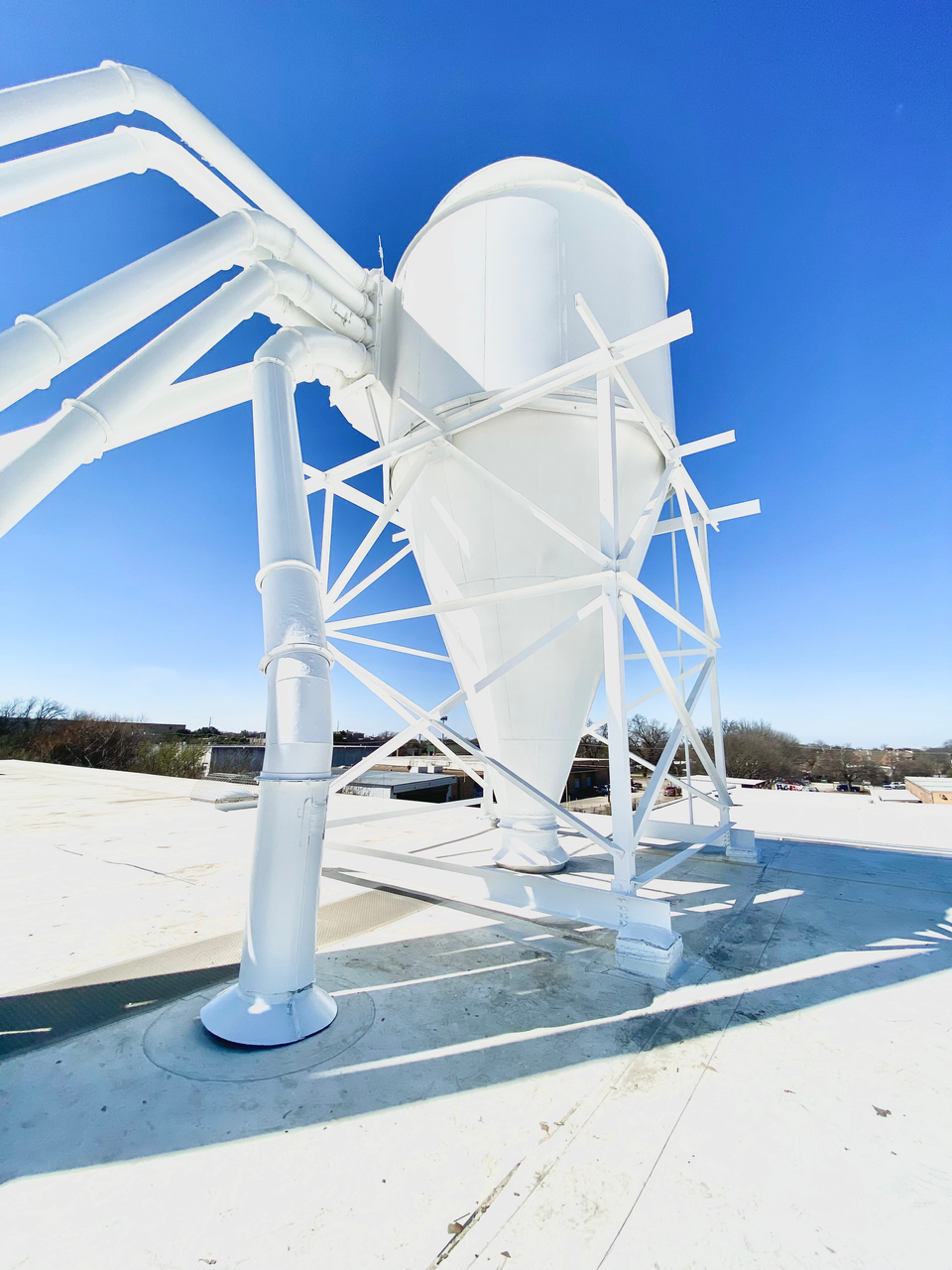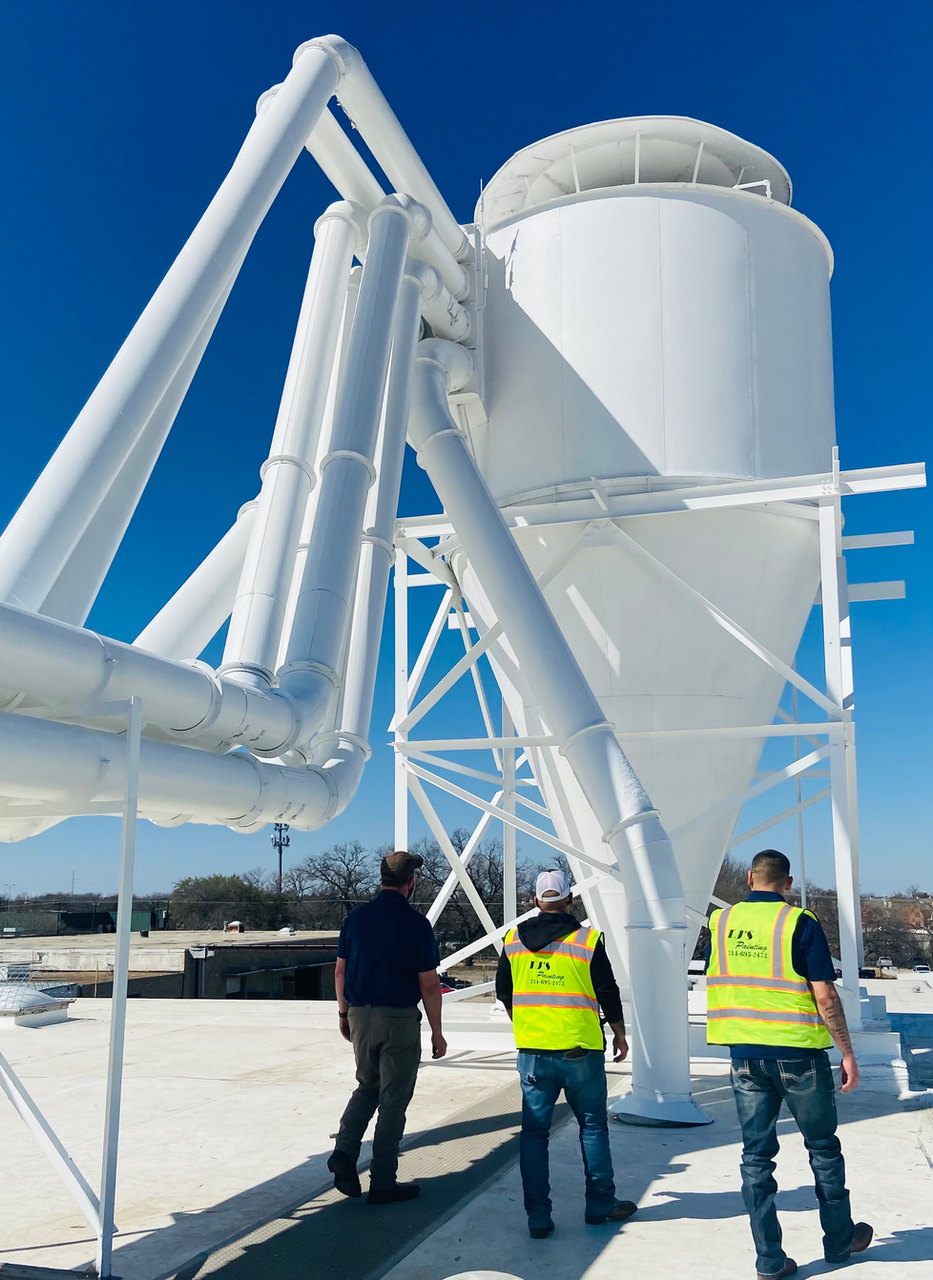The Ultimate Guide to Using Best Paint for Fuel Storage Tank
As winter approaches, it’s time for fuel storage tank owners to prepare for the harsh weather conditions that lie ahead. These tanks are vital components for powering our homes, businesses, and automobiles – but they’re also susceptible to the elements that can cause corrosion, rust, and other forms of damage. That’s why choosing the right paint is essential to prolong the lifespan of your fuel storage tank. In this comprehensive guide, we’ll explore the best paints available and provide expert advice on how to protect your investment from the elements. From anti-corrosive coatings to UV-resistant finishes, we have you covered. So, let’s dive in and discover how to keep your fuel storage tank in top condition for years with best paint for fuel storage tank.
Overview of Fuel Storage Tank Protection and the Different Types of Paints Available
Fuel storage tank protection is vital since these tanks contain flammable liquids that can potentially cause harm to people and the environment. Therefore, proper maintenance and care are necessary to prevent any catastrophic incidents. One of the essential aspects of tank protection is painting. The type of paint used plays a critical role in extending the life of the tank, preventing leaks and reducing the risk of corrosion.
There are different types of paints available for fuel storage tanks, each with unique properties and features. Some of the most popular paint types include epoxy, polyurethane, and acrylic. Epoxy paints are widely used since they have excellent durability, chemical resistance, and resistance to harsh environmental elements. Polyurethane paints have excellent resistance to abrasion and chemicals, making them the best option for fuel storage tanks located in high traffic areas. Finally, acrylic paints are fast-drying and easy to apply, making them ideal for tank protection in areas that cannot be closed down for an extended period.
To ensure the safety of the workers and the environment, it is vital to select the right type of paint for each fuel storage tank. Different paint types offer varying degrees of protection and longevity, and choosing the wrong type not only increases the risk of damage but can also prove costly in the long run. Therefore, it is crucial to consult with paint experts to determine the most appropriate solution for every tank, taking into account the operating conditions, exposure to chemicals, and environmental factors.

Understanding the Ingredients of Quality Paint for Fuel Storage Tanks
Quality paint is the key to protecting fuel storage tanks from external elements. It is imperative to understand the ingredients that make up high-quality paint. The main components of top-quality paint include high solids, high build epoxy primers, and polyurethane topcoats. These ingredients work together to produce a durable, waterproof, and long-lasting finish that can withstand harsh environmental conditions. High solids content ensures that the paint adheres well to the tank surface, while high build epoxy primers create a strong base for the polyurethane topcoat. Polyurethane topcoats provide excellent color retention, resistance to chemicals, and protection against UV radiation.
Another crucial ingredient in quality paint for fuel storage tanks is corrosion inhibitors. Corrosion inhibitors prevent rust formation by reacting with the metal to form a barrier layer that protects the surface from moisture and other corrosive elements. They are especially useful in tanks that store acidic or alkaline fuels, as these can cause rapid corrosion of the storage tank. Corrosion inhibitors also help to prevent pitting and cracking of the tank’s surface, which can lead to leakage and contamination of the stored fuel. Therefore, it is essential to choose paint that contains sufficient corrosion inhibitors to protect the tank from corrosion.
Finally, the application method used for painting fuel storage tanks is an essential aspect to consider. The paint should be applied in controlled conditions to achieve maximum adhesion and minimize any environmental contamination to avoid costly mistakes. The surface preparation is also crucial in ensuring a long-lasting finish. The tank’s surface must be cleaned, sandblasted, and dried thoroughly before applying the paint. This ensures that the paint adheres well to the surface and is not compromised by rust, dirt, or contaminants.
How to Choose the Best Paint for Your Fuel Storage Tank
When it comes to choosing the best paint for your fuel storage tank, there are a few key factors you need to consider. First and foremost, you’ll want to select a paint that is specifically designed for use on metal surfaces, as this will provide optimal protection against corrosion and other types of damage. Additionally, you may want to look for a paint that is resistant to heat and chemicals, especially if you plan on storing particularly corrosive or volatile materials.
Another important consideration when choosing a paint for your fuel storage tank is the color. While it may be tempting to simply choose a shade that you like or that matches your company’s branding, it’s crucial to select a color that is certified for use with fuels. This will not only help to ensure safety and compliance with industry regulations, but can also help to protect your tank from damage in the long term.
Ultimately, the best paint for your fuel storage tank will depend on a variety of factors, including the type of fuel you are storing, the conditions your tank will be subjected to, and your own personal preferences and priorities.
Benefits of Painting Your Fuel Storage Tank
Painting your fuel storage tank comes with a range of benefits that extend far beyond the surface appearance. One of the most significant of these benefits is corrosion prevention. Fuel tanks exposed to the elements will naturally rust and wear over time, leaving them vulnerable to leaks, cracks, and other forms of damage. Painting your fuel storage tank helps to create a barrier between your tank and the elements, protecting it from harsh weather conditions, corrosion, and deterioration.
Another significant benefit of painting your fuel storage tank is enhanced durability. A high-quality coating not only protects your tank from corrosion and deterioration but also makes it more resistant to impact, wear and tear, and other forms of damage. This can extend the lifespan of your tank significantly, providing you with the peace of mind to know that your fuel supply is secure and well-protected.
Finally, painting your fuel storage tank can help prevent fuel contamination. Paint acts as a barrier that keeps dirt, rust, and other types of debris from contaminating your fuel supply. That means you can rest assured that your fuel is clean, ready to use, and always available when you need it most.

Common Issues with Painting Fuel Storage Tanks and How to Avoid Them
Painting fuel storage tanks can be a tricky task. The issues that arise from improper preparation, application, and maintenance can lead to costly repairs, safety hazards, and environmental risks. One of the most common problems is the failure of the paint to adhere properly to the tank’s surface resulting in corrosive wear-and-tear, which can eventually lead to leaks. Another issue is due to the paint’s inability to withstand extreme temperatures and weather conditions, which makes it susceptible to fading, cracking, and chipping.
To avoid these problems, it is crucial to conduct surface preparation before painting the fuel storage tank. Surface preparation includes cleaning, degreasing, sandblasting or shot blasting to achieve a smooth and clean surface that can better adhere to the paint. It is also important to choose the right type of paint, which is specially formulated to withstand harsh environments, temperatures, and chemicals, and has lasting durability and resistance to chipping. Regular inspections and maintenance can identify any areas that require touch-ups or repairs before any significant damage occurs, which can save time and money in the long run.
In addition to surface preparation and choosing the right paint, it is essential to follow all safety protocols and regulations when painting a fuel storage tank. This includes proper safety equipment, ventilation systems, and protective clothing, as well as ensuring that the proper procedures are followed for waste disposal of any solvents and other materials used during the painting process.
In conclusion, painting your fuel storage tank is a crucial aspect of ensuring its longevity and protecting your fuel supply. By choosing the right type of paint, conducting proper surface preparation, and following safety protocols, you can avoid common issues and protect your investment for years to come. Remember to also regularly inspect and maintain your tank to catch any potential problems early on and save yourself from costly repairs in the future.
TJ’s Professional Painting and Construction LLC
https://www.google.com/maps?cid=17277917393559414619
220 East Ovilla Road, Red Oak, TX 75154
(214) 695-2473
https://www.tjspropainting.com/

